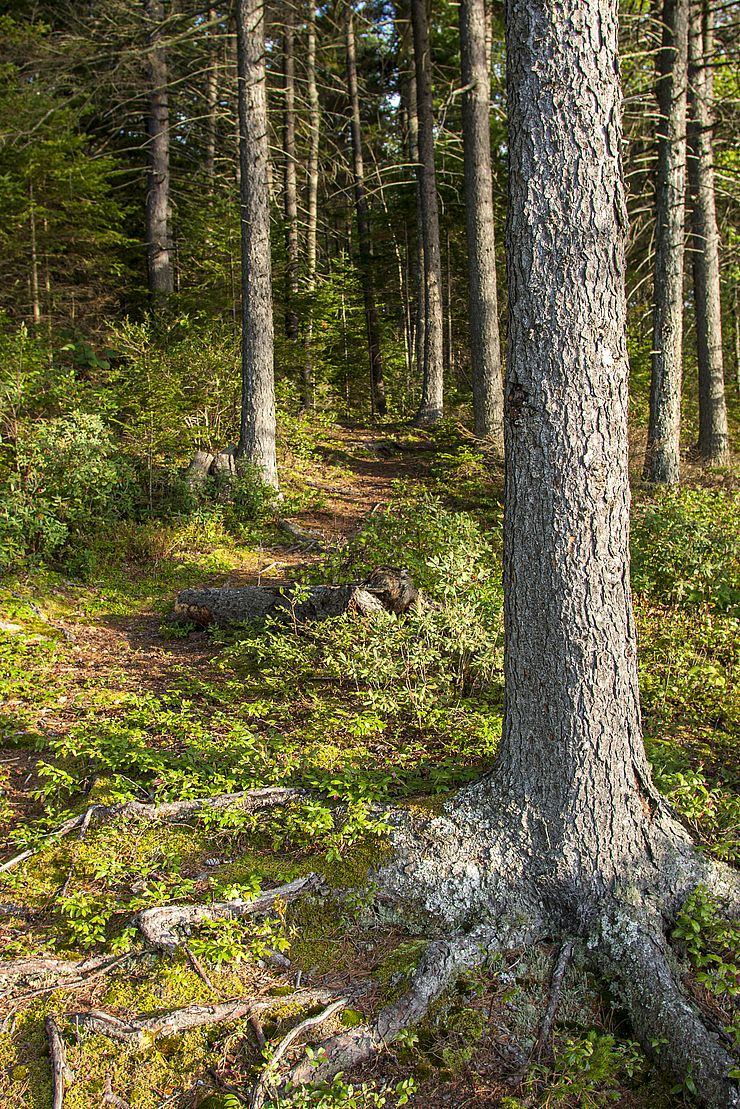Dynamic Forest Stewardship at Masson Ridge

To address the climate crisis and restore relationships between people and land, we need to cultivate just and sustainable natural landscapes and human communities. We can find inspiration to guide this work in diverse natural systems and cultural traditions. Working collaboratively to address the complexity of the challenges we face is our best bet for stewarding our region’s forests, farmlands, and watersheds.
One way in which Mount Grace is holding the complexity of forest management priorities across our 23-town region is through the Dynamic Forest Restoration Initiative’s framework of landscape-scale stewardship. A dynamic forest is one in which there is a diversity of ecosystems across the landscape, from open space and young forests to old growth and wildlands.
Some places are so special because of the diverse array of plants, animals, and natural habitats they contain that they need special consideration when it comes to conservation and stewardship. In these instances, Mount Grace works with landowners to ensure the land is protected and stewarded primarily for its biodiversity and wilderness values where natural disturbances such as wind, floods, ice storms, fire, and beaver activity are allowed to be the dominant forces that shape the land over time. This designation has often been called “wildlands,” which currently only account for 3.3% of land in New England.
The incredible biodiversity on Bill and Christine Copeland’s Masson Ridge land in West Northfield is one such case. In 2011, Mount Grace worked with them to determine the best conservation strategy for their 185 acres and then to develop an Ecological Stewardship Plan. The plan focuses on ecological restoration, invasive species management, and maintenance of high biodiversity values.
Masson Ridge has many vernal pools, healthy stands of large trees, highly varied topography and diverse animal and plant populations. New discoveries continue to be made and the forest and wetlands continue to change in the direction of deeper, less compacted soils, reduced erosion, more established stream beds, and larger trees. Efforts to remove invasive species, monitor the health of the vernal pools and complete the inventory of biodiversity have been linked to internships with Greenfield Community College and with environmental groups such as the New England Wildflower Society.
On Saturday, March 30th, join Adventure East in exploring the living world of Masson Ridge for a Tree ID Hike to see this special place for yourself.
